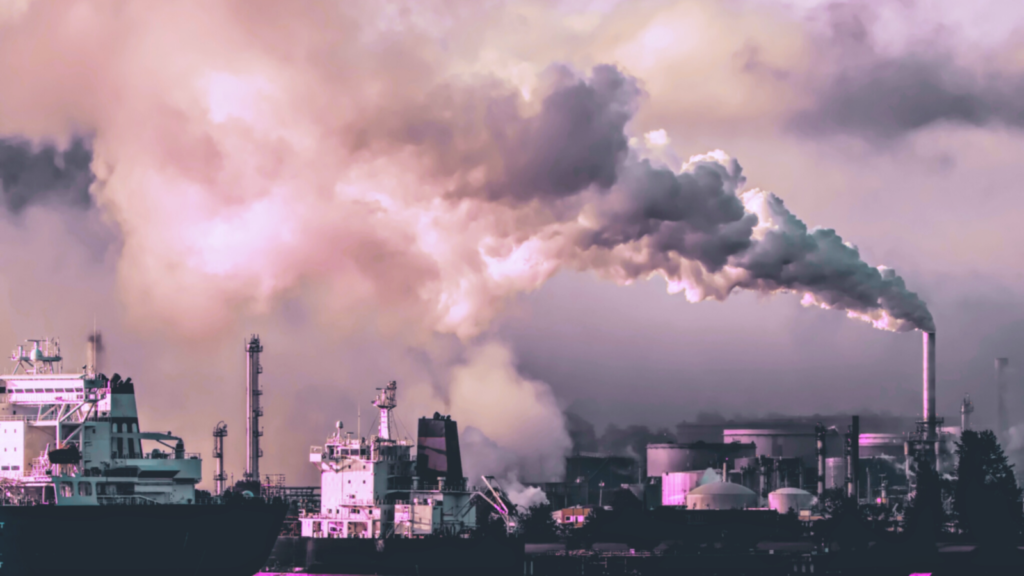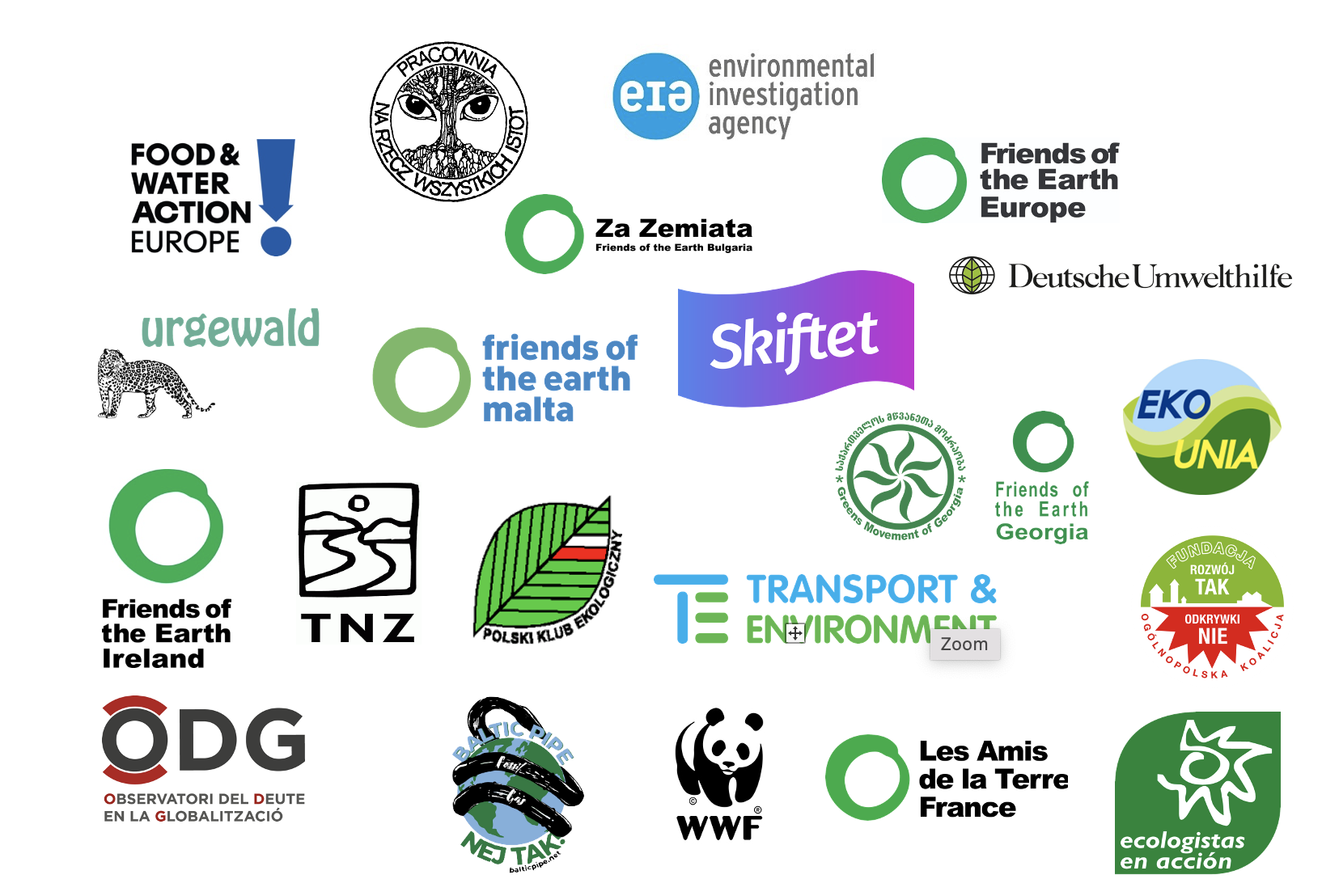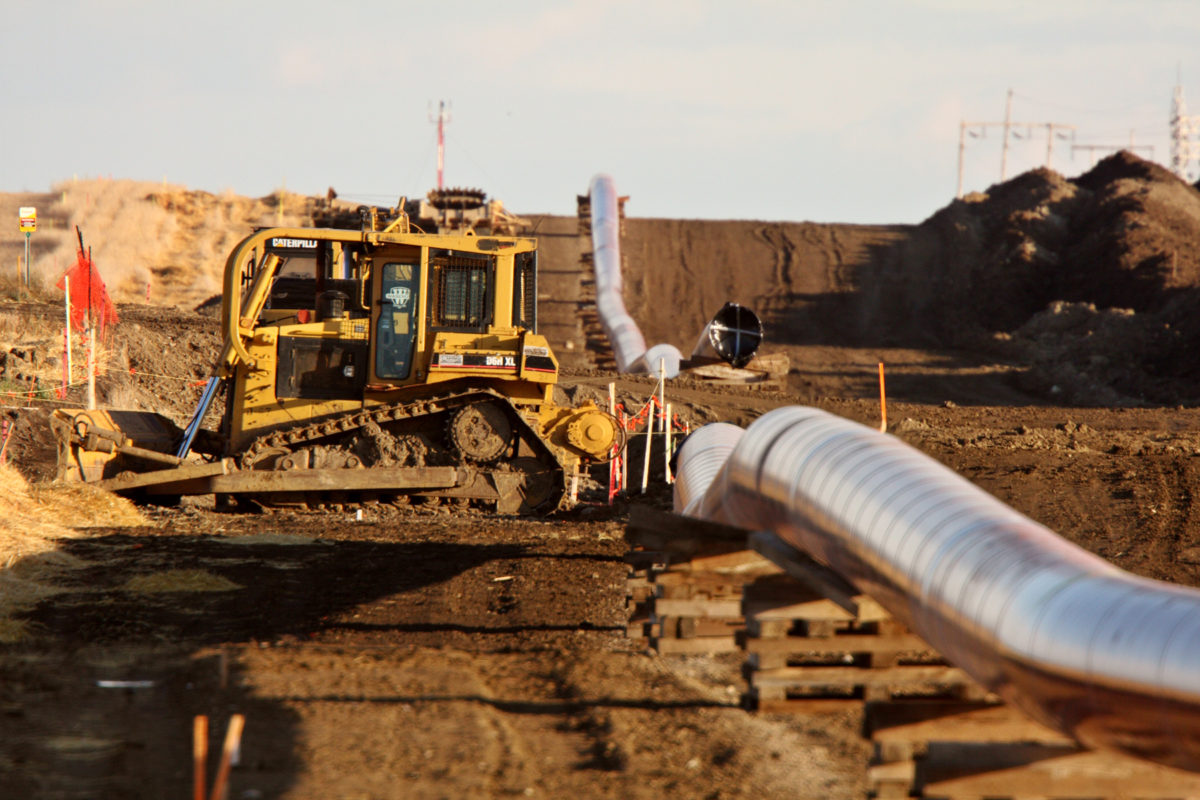Three Stories of Fossil Fuel Social Injustice From the U.S.

The Liquefied Natural Gas (LNG) engine is running at full speed on both sides of the Atlantic. The EU’s appetite for LNG is growing after the Russian invasion of Ukraine, which has led political leaders to scramble to find additional supplies of fossil fuels. While some leaders talk about this as a temporary move, the dirty energy industry obviously sees things differently.
This risks resulting in a dangerous fossil fuel infrastructure expansion. On March 25, an EU-US deal was announced outlining plans to supply 15 additional billion cubic meters (bcm) of LNG to the EU this year, and a commitment to ship further 50 bcm US LNG a year to Europe until at least 2030. In a rush to replace Russian fossil gas, the EU risks locking itself into LNG dependency for decades and boosting hydraulic-fracturing (fracking) overseas.
Fracking is a dangerous drilling process that consists of injecting a high-pressure mix of water, sand, and chemicals into the ground to break up deep shale rock layers in order to release fossil gas and oil. Although this technique has been banned in many EU countries, due to its associated environmental, climate and health impacts, it is extensively adopted in North-America and is now set to conquer European households, power plants and industry consumers.
The EU is the world’s top importer of U.S. LNG, but there is little talk on this end of the Atlantic about how these imports impact people elsewhere. Almost all the U.S. LNG shipped to Europe is fracked gas, which has tremendous climate, environmental and health implications. Replacing fossil gas with other fossil gas is not the solution. We must use the time remaining, now more than ever, to phase-out fossil fuels altogether.
There is ample evidence of the harms of fracking – on air quality, clean water and public health. New studies continue to track the horrible consequences of the so-called shale boom. We chose three stories to illustrate the impact of the fracking rush on people in the U.S., and how fossil fuels are responsible for deep social injustices. They should be a warning that LNG dreams in the EU are actually climate, health and environmental nightmares.
Case #1
Aliso Canyon Gas Storage (California)
One of the first challenges with importing fossil gas is determining where to store it. EU legislation plans to oblige Member States to fill up their gas storage facilities to at least 90% by 2023. It is relevant to look at the Aliso Canyon case in this respect. Aliso Canyon, near Porter Ranch (Los Angeles), is the largest fossil gas storage facility in California. The site is a depleted petroleum field that was converted to an underground gas storage site.
In 2015, a blow-out caused the largest-ever methane leak in U.S. history at Aliso Canyon. The explosion released 100.000 tonnes of methane along with other toxic chemicals into the air, with devastating impacts. Residents experienced headaches, nosebleeds, nausea and rashes, many of them are still suffering health effects like asthma and cancer today.
Jane Fowler, a member of Aliso Moms Alliance, has recently affirmed. “I live near this horrible, dilapidated facility and I know what it’s like to breathe toxic air. We have dubbed our cough ‘the Aliso cough’”.
In 2021 the Southern California Gas Company (SoCalGas), which operates the facility, agreed to pay $1.8 billion to plaintiffs affected by the blow-out. The settlement, however, is a smokescreen in respect of the pain and the suffering of the local communities.
“I now have asthma, COPD and two nodules on my lungs and one on my kidney and my thigh bone. Four people on my street have cancer. Two have died. We need to come to a better settlement,” said Maureen Capra, a resident of Porter Ranch.
In November 2021, the California Public Utilities Commission (CPUC) voted unanimously to increase the gas storage capacity of Aliso Canyon. But community advocates continue to push for the shutdown of the site. It is an ominous warning sign for those who would encourage similar facilities across Europe.
Case #2
Miami LNG ‘bomb trains’ (Florida)
The state of Florida is home to some of the most intense LNG infrastructure build-out. There are already facilities built, along with other projects under discussion, to export LNG on international markets.
On the east coast, fracked gas in LNG form is regularly transported by truck and train from the Hialeah liquefaction plant to ports between Jacksonville and Miami. Beyond the climate hazard and the pollution it creates along the way, LNG represents a grave public safety concern, as it is transported through heavily populated neighborhoods.
In 2021 the Biden Administration proposed a rule to suspend the transportation of LNG by rail; however those measures have no impact on rail companies that benefit from loopholes in the legislation and have permits to transport LNG in special train cars known as ISO containers. To make matters worse, these so-called “bomb trains” could even share tracks with high-speed passanger trains, with potential risks of horrifiying accidents. Any LNG tank rupture could lead to explosive vapor clouds that can travel up to three miles from the place of the accident putting even more people in danger if the fossil gas is ignited.
What makes things worse is that communities are often kept in the dark about the risks they face, so fossil fuel companies can continue to do business as usual. Through the import of LNG, the EU contributes to endangering communities like those affected by ‘bomb trains’ and LNG infrastructure’ in Florida or anywhere else.
Case #3
Cameron LNG (Louisiana)
Since 2016, the Gulf Coast has become a key international LNG export hub. The fracked gas from Permian, Haynesville and Marcellus basins is transported to the state’s ports, where it is liquified and loaded on LNG cargoes, most of which head to the European shores.
The LNG footprint in the Gulf Coast is growing. At the beginning of March, the first LNG tanker departed from the Cameron LNG facility, Venture Global Calcasieu Pass (Louisiana), the newest U.S. export terminal. In Cameron, there is already a proposal to build another export terminal a short distance away. In Louisiana alone, five new facilities will be constructed in the coming months, and seven more are under development in Texas and Mississippi.
While fossil fuel companies are rushing to build new facilities, the devastating impacts on the environment and local communities are already a reality. The build-out of the Cameron plant and the other LNG facilities in southern Louisiana have a severe impact on wetlands, which are essential to fighting coastal erosion and also store large quantities of greenhouse gasses, keeping them out of the atmosphere. Wetlands are also a key protection against tropical storms and hurricanes, which are very frequent in the Gulf area. The Cameron LNG facility has already been hit twice by hurricanes in the last few years. In 2020, Hurricane Laura flooded the construction site and knocked out the electricity for over a month. For weeks residents denounced large flares coming from the site when it was under construction.
The deadly mix of extreme weather events, the destruction of the wetlands, and the pollution deriving from the terminal operations is an existential threat for the local population. There is a concrete risk that residents will be forced to leave their homes due to the harmful effects of these reckless LNG expansion plans.
Nicole Dardar, a Cameron resident, recently affirmed: “I’m worried about the health impacts the plant might have on my family […]. I no longer feel like this is a safe place for our kids”.



 Food & Water Action Europe, together with an alliance of European-wide civil society organisations, has sent an open letter to the Members of the European Parliament (MEPs) urging them to adopt more ambitious measures ahead of the deadline for tabling amendments to the draft report on the Methane Regulation.
Food & Water Action Europe, together with an alliance of European-wide civil society organisations, has sent an open letter to the Members of the European Parliament (MEPs) urging them to adopt more ambitious measures ahead of the deadline for tabling amendments to the draft report on the Methane Regulation.
 On June 30, the US Supreme Court (SCOTUS) made another tragic decision. Just days after overturning the constitutional right to an abortion, the Court curtailed the Environmental Protection Agency (EPA)’s capacity to regulate climate-changing greenhouse gases for existing fossil fuels power plants under the Clean Air Act.
On June 30, the US Supreme Court (SCOTUS) made another tragic decision. Just days after overturning the constitutional right to an abortion, the Court curtailed the Environmental Protection Agency (EPA)’s capacity to regulate climate-changing greenhouse gases for existing fossil fuels power plants under the Clean Air Act. While it is over 100 days since Russia launched its invasion of Ukraine, the European Commission presented its REPowerEU
While it is over 100 days since Russia launched its invasion of Ukraine, the European Commission presented its REPowerEU 